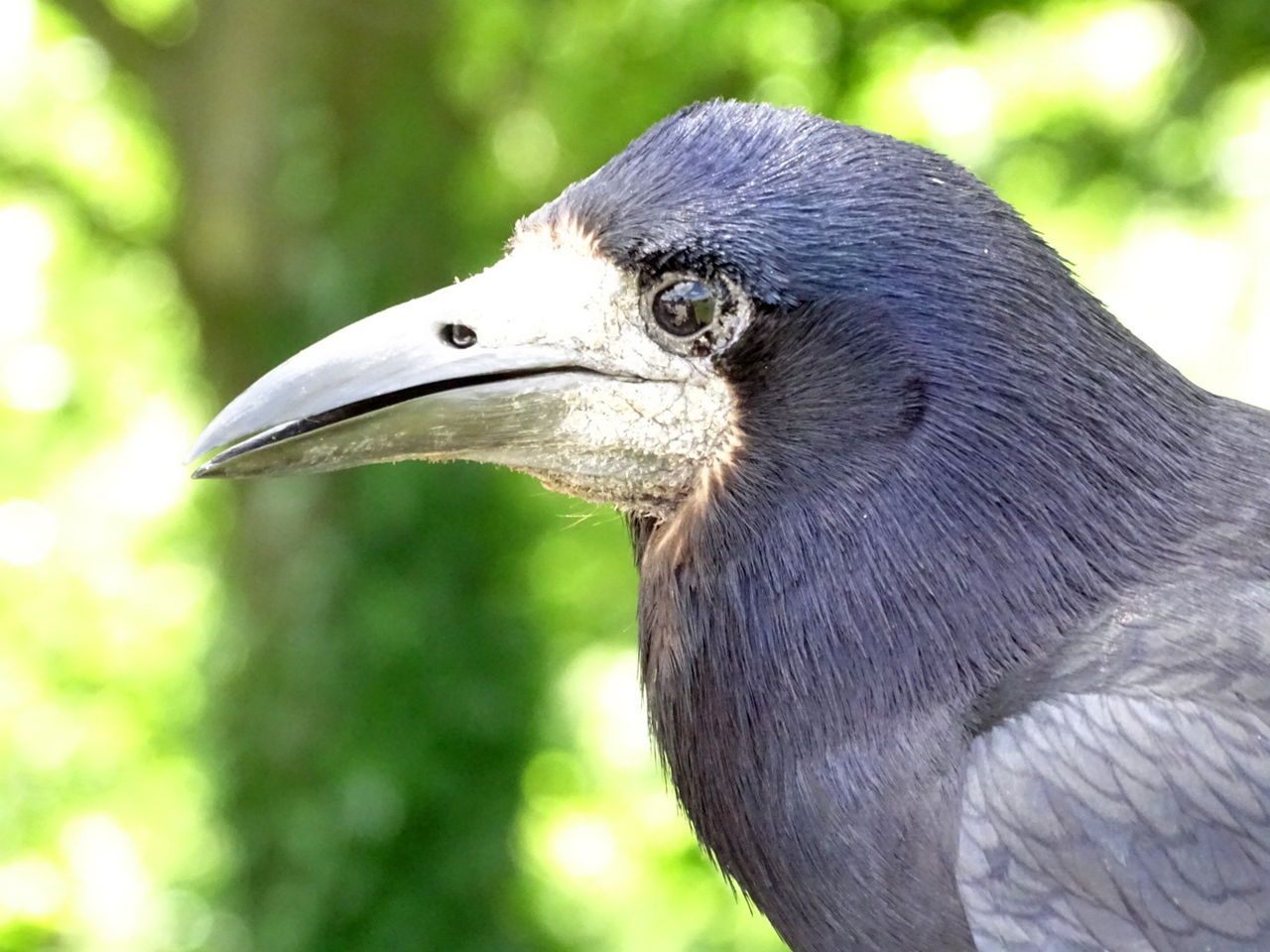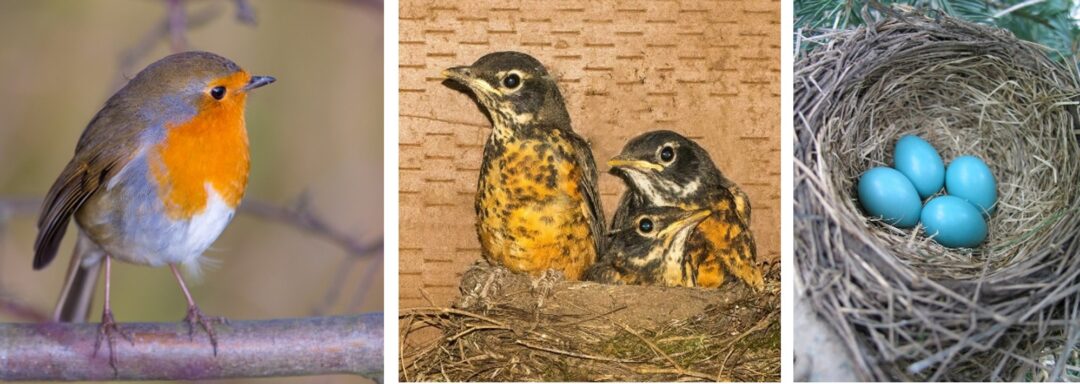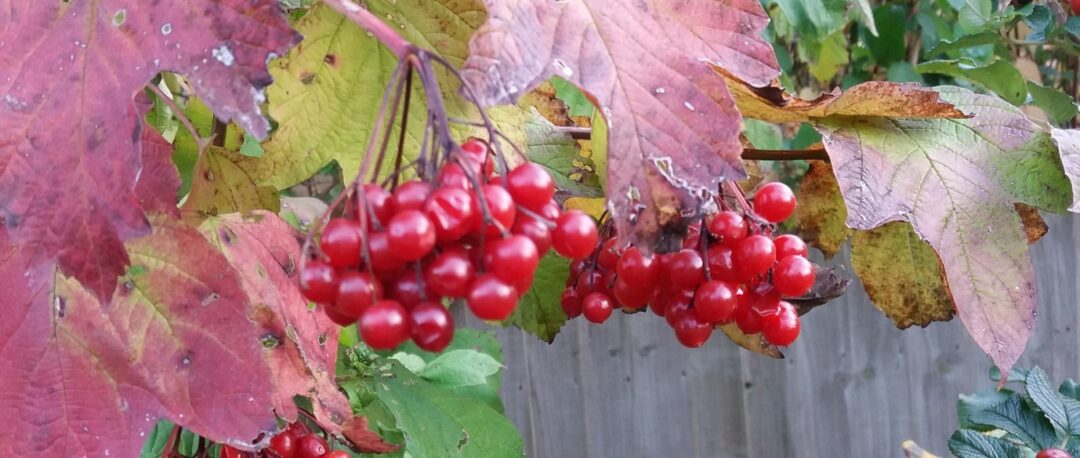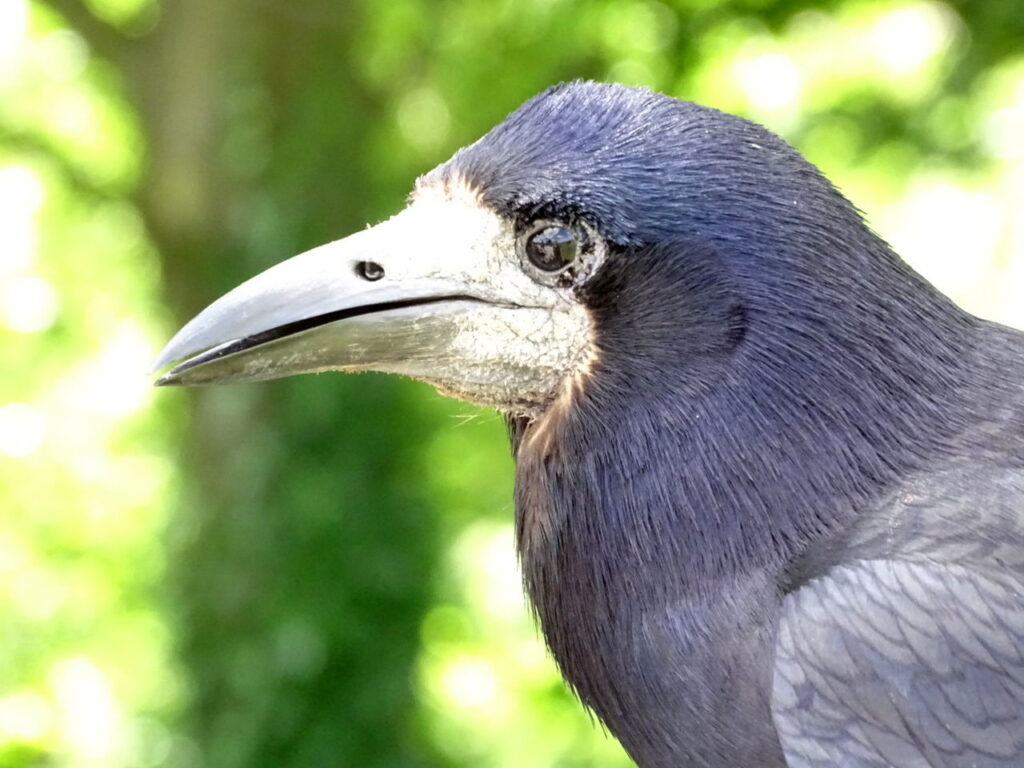
What’s in a name?
Corvus means raven, frugilegus means fruit gathering.
Rooks have been with us for a long time, probably since farming began. The word rook is onomatopoeic imitating the sound the bird makes. Dominic Couzens says that a rook sounds like a crow that has been on an anger management course!
The name rook is present in Old English, hroc. The word for rook is similar in Germanic languages.
The collective nouns for rooks are many and apt. What better word to describe the noisy crew who launch into the skies en masse in the morning and return to the rookery in the evening as ‘a clamour’ of rooks. ‘Congregation’ is humorous as one thinks of people in black clothes, possibly Puritans, attending church, discussing issues of great importance. ‘A building’ takes into account the precarious looking piles of sticks that are crammed in treetops, tenement living is much appreciated by these sociable birds. ‘Parliament’ seems apt, imagine the House of Commons at division time, the noise and the busyness of it all. My favourite is ‘a storytelling’ as so many stories have grown around these birds and I can imagine them with their knowing eyes telling their chicks the sagas of the Corvidae clan.
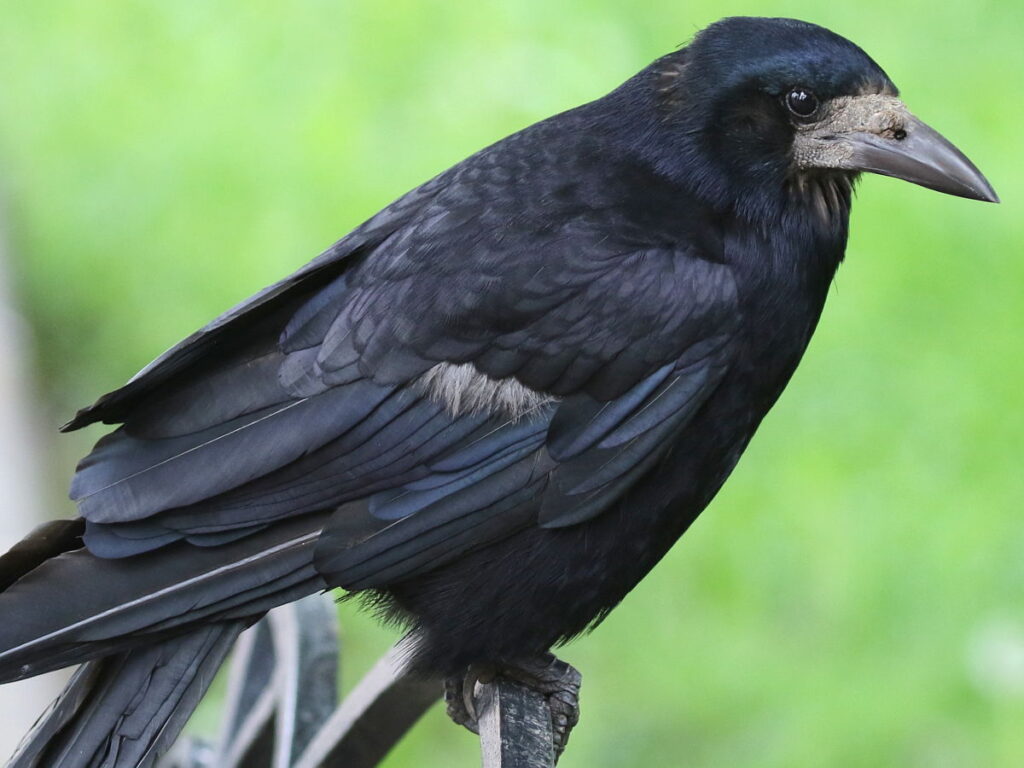
Vital Statistics
Length: 44-46cm, wingspan: 81-99cm, weight: 280-340g
The rook is quite a large bird and very sociable. There is an old Norfolk saying that goes:
When thass a rook, thass a crow.
When thass crows, thass rooks.
Rooks have all-black plumage, but an iridescent sheen is notable when they are seen up close and the sun catches their feathers. They look quite scruffy with their feathery trousers. They are slightly smaller than crows, with a typical wingspan of 90cm. They have grey-white skin at the base of their long, pointed beak and this helps to distinguish them from other black members of the Corvidae family.
Behaviour
Rooks are enormously intelligent birds and repay close observation. There is a definite pecking order in the colony and many different signalling and display behaviours. As the rooks live in close proximity to one another, it is important to be able to defuse conflict. There is also a pair bond between male and female and this is strengthened by their ability to communicate. (Rooks can live as long as twenty years.)
Diet
Worms, beetles and other invertebrates, which it catches by probing the ground with its large beak, and grain, fruit, acorns and occasionally carrion, and birds’ eggs.
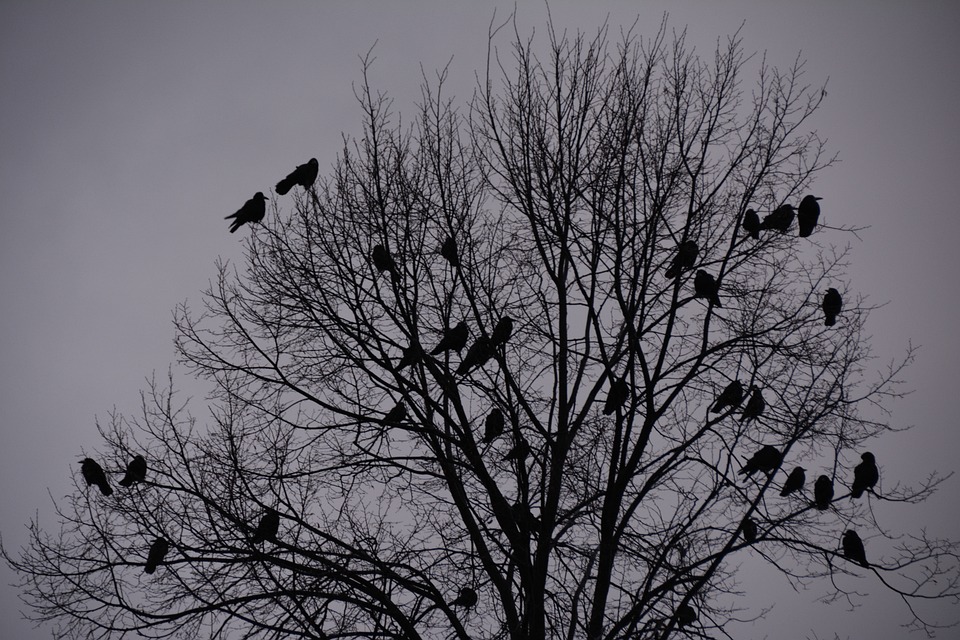
Breeding
Rooks build or refurbish their nests in February or March. Three or four eggs are laid in spring, hatching after two weeks. They fledge after about a month.
Habitat
Rooks are to be seen in large numbers in villages, churchyards, and on farmland and grassland. They build their nests in the tree tops. Their main food source is invertebrates but they do eat grain and this can lead to them damaging agricultural crops. There is an old saying that refers to the planting of seeds:
‘One for the pigeon, one for the crow, one to rot and one to grow.’
Rooks in History
Scarecrows perhaps should have been called scare rooks as it is flocks of rooks that farmers do not want to settle in their fields. Children were often employed as bird scarers who shouted at the birds and threw stones at them to drive the rooks away.
After a series of poor harvests in the early 1500s, Henry VIII introduced the Vermin Act of 1532, “ordeyned to dystroye Choughes (i.e. jackdaws), Crowes and Rokes”, to protect grain crops. This was not widely enforced. Elizabeth I passed the Act for the Preservation of Grayne in 1566 that was taken up with more vigour, bounties were paid, and large numbers of birds were culled.
Naturalists from the eighteenth century onwards appreciated that in consuming ground-based pests, the rooks were doing more good than harm.
Fledgling rooks were made into pies as a popular rural delicacy. Rook-shooting Day took place on 12th May, when the young rooks had left their nests and were perched on the branches but were still too young to fly, and so made easy pickings for guns. The ‘four and twenty black birds baked in a pie’ refers to young rooks.
Folklore
A rook in the house was considered bad luck, but rooks would only build a rookery near a house where the people were of a kind and generous disposition and to have a rookery near a house was regarded as good luck. If the rooks desert the rookery, a calamity was foretold.
Rooks are generally associated with bad fortune, for instance a large group of rooks arriving in an area is said to be unlucky.
If rooks build their nests high in the trees then we will have a good summer, if they build low down then it will be wet and cold.
Things to do
Keep an observation notebook of rooks. Make a sketch of a rook and its nest. These are some questions to think about:
- What food do you see rooks eating?
- How do they behave towards one another?
- When do they feed?
- How tolerant are they of their own kind and other species of bird?
- How do they vocalise? Are these accompanied by actions or different behaviours?
- When they are building nests, how do they behave?
- When you observe rooks, do you see them play?
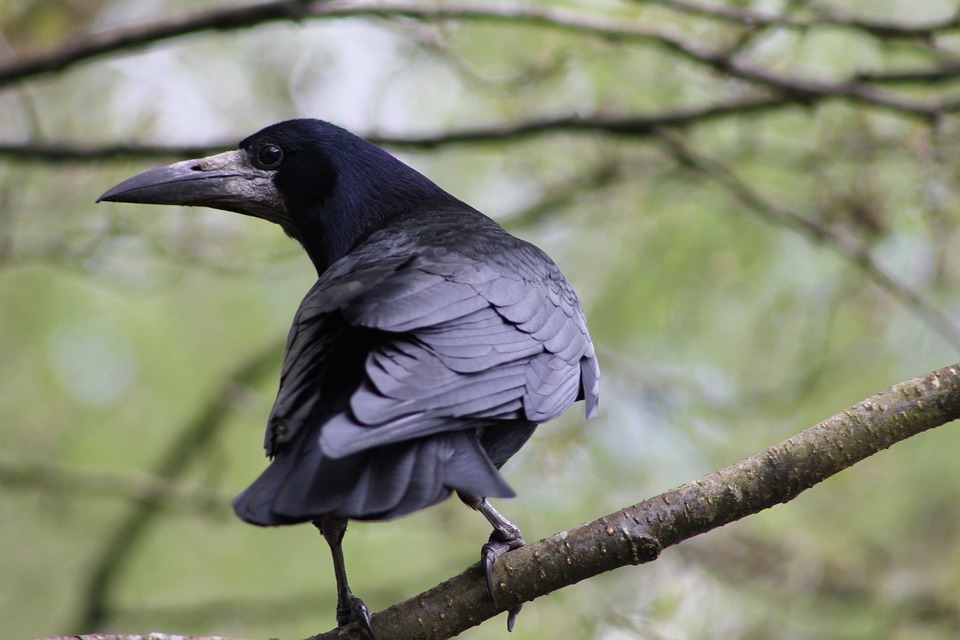
Transformations
- Draw a picture of a rook.
-
Often stories involve transformations. What would your rook transform into? Tell his story. Use the photographs of the winter scenes below to help you.
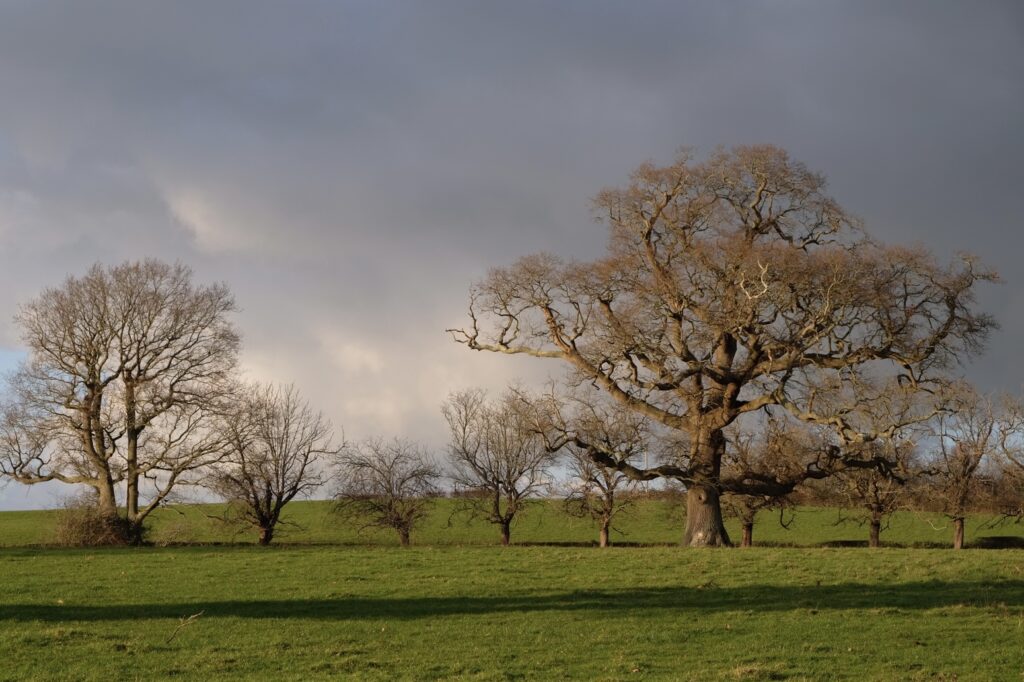
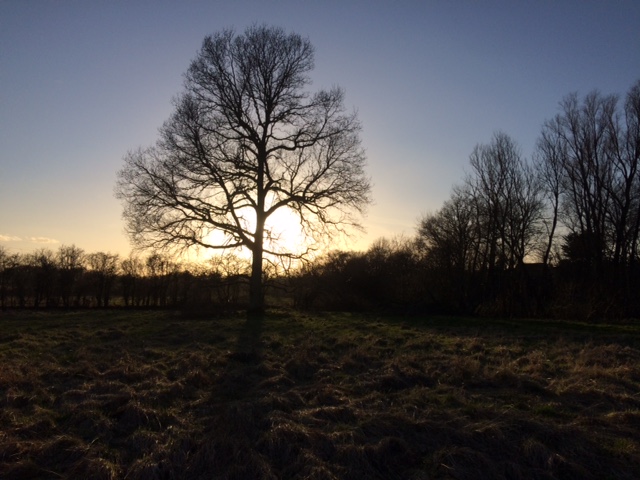
- Collective nouns for rooks are: parliament, clamour, building, congregation, storytelling. Create a poem using the different collective nouns.
- Write an acrostic poem about the rook.
- List what you know about a rook. Select the bits that you like the most. Use this list to write a poem.
- Create a diamante poem that captures the rook. A diamante poem is made as follows:
Noun
Adjective, adjective
Verb, verb, verb
Noun, noun, noun, noun,
Verb, verb, verb
Adjective, adjective,
Noun
Books to read

Bibliography
Moss, Stephen, Mrs Moreau’s Warbler (London, 2018)
Avibirds https://avibirds.com/rook/
Folklore Thursday https://folklorethursday.com/folklife/as-the-crow-flies-corvids-in-lore-and-legend/
RSPB https://www.rspb.org.uk/birds-and-wildlife/wildlife-guides/bird-a-z/rook/
SAGA https://www.saga.co.uk/magazine/home-garden/gardening/wildlife/birds/the-rook
Wikipedia https://en.wikipedia.org/wiki/Rook_%28bird%29
Woodland Trusthttps://www.woodlandtrust.org.uk/trees-woods-and-wildlife/animals/birds/rook/

